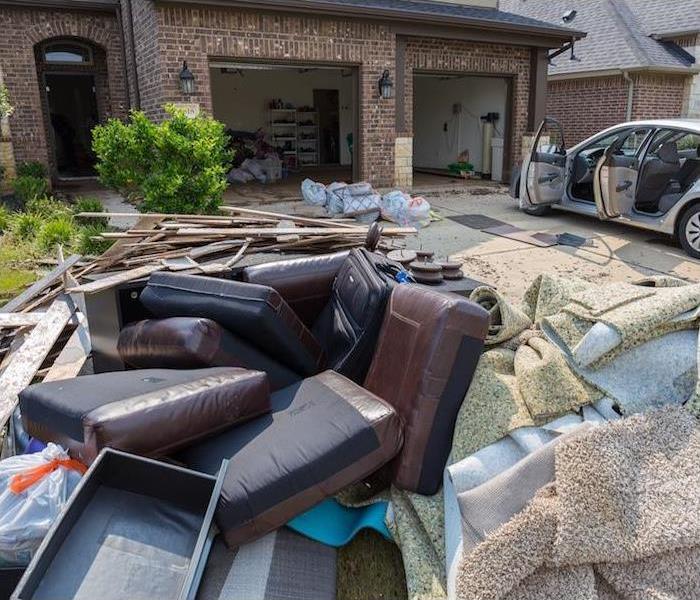Damages to Homes From Floods | SERVPRO® of Queen Anne’s, Kent and Caroline Counties
12/27/2019 (Permalink)
 f your home has been affected by a flood, we’ll be here to help you! Give us a call 24/7 to learn about our certified flood restoration process.
f your home has been affected by a flood, we’ll be here to help you! Give us a call 24/7 to learn about our certified flood restoration process.
For many homeowners, planning to stay safe from things like severe weather and house fires might feel like second nature, but it is important to remember the dangers of flooding, too. Once considered a fairly isolated occurrence, the rate of flooding is on the rise, meaning the rate of preparedness should rise to meet it.
Floods are caused by a variety of events and no two are the same, meaning the issues they can cause is also variable. In the spirit of helping homeowners be more prepared, we’ve done the research on the most common types of house damage floods cause.
Most Common Types of Flooding Damage to Homes
Foundational Damage. When the soil underneath a home becomes saturated with floodwater, it can begin to swell and shift below the foundation, causing the home to swell and shift as well. This can lead to uneven flooring, off-kilter door frames and cracks in walls.
Drywall Damage and Mold. Water-damaged drywall and mold go hand-in-hand, so a drywall replacement of any panels that have come into contact with floodwaters is typically in order.
Insulation Saturation. The typical home insulation is made from a highly absorbent material that can hold a large amount of floodwater. Water-damaged insulation will have its effectiveness greatly reduced and can also lead to mold growth within the walls of the home.
Temporary Frame Swelling. The frame of most houses is constructed with solid lumber and can maintain its integrity even when a flood has come into contact with it. While some swelling of the wood may occur, this is normal and will usually subside once a thorough drying is complete.
Appliance Ruining. The insulation in appliances is what helps them work effectively, but it can also make using them to be dangerous after a flood. The good news is that not all appliances are affected the same, so you should get a professional opinion before throwing any out.
Furniture Damage. Damage to furniture following a flood is typically found in mattresses, upholstered pieces and items constructed from composite boards. Furniture made from metal, glass or acrylic will generally be suitable for use again after a thorough cleaning.





 24/7 Emergency Service
24/7 Emergency Service